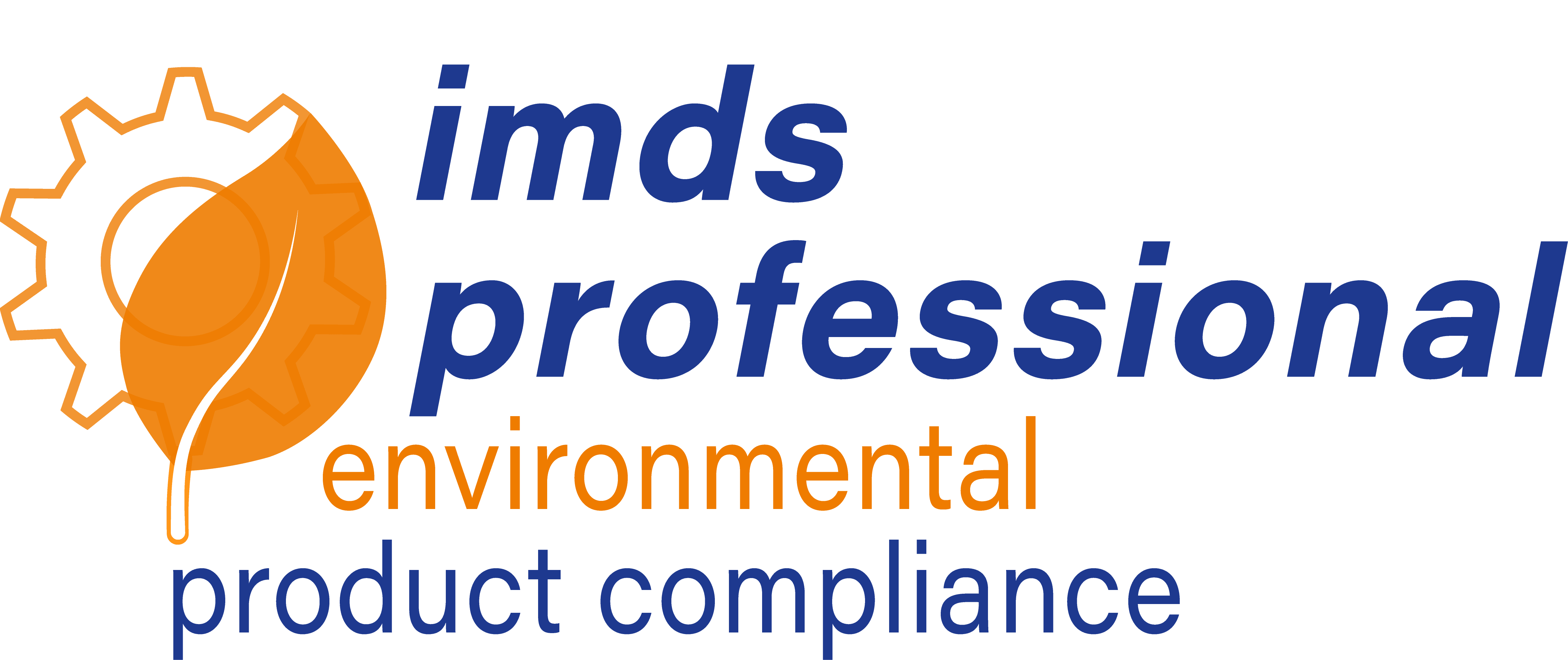EU ROHS Specialist Information
Information about RoHS
What is the RoHS Directive?
RoHS is a directive of the European Union and stands for “Restriction of the use of certain hazardous substances in electrical and electronic equipment”. This directive serves to restrict certain hazardous substances in electrical and electronic equipment and to reduce the pollutant content in order to protect people and the environment as well as to improve recycling. The complete version of the European Directive 2011/65/EU (latest consolidated version dated April 1, 2021) with all annexes can be found here. Since the introduction of the directive, there have already been numerous new versions and amendments.
In Germany, the RoHS Directive was transposed into national law with the Ordinance on the Restriction of the Use of Hazardous Substances in Electrical and Electronic Equipment (ElektroStoffV). In Austria, the Ordinance on Waste Electrical and Electronic Equipment has been in force since 2005. Countries outside the European Union have also introduced comparable regulations, such as Switzerland and Liechtenstein (Chemical Risk Reduction Ordinance), China (so-called China-RoHS) and South Korea (so-called Korea-RoHS).
RoHS compliance primarily affects manufacturers and importers of electrical and electronic equipment in the European Union. It was introduced to restrict the use of substances in electrical or electronic equipment and components that are very harmful to the environment or health. Particularly problematic toxic and environmentally hazardous components such as lead, mercury, cadmium, hexavalent chromium, polybrominated biphenyls (PBB) and polybrominated diphenyl ethers (PBDE) are banned from products by the directive up to a low limit (mass fraction of 0.1 percent).
Restrictions and prohibitions according to the RoHS Directive
In addition, the RoHS Directive bans lead-based soldering of electronic components and toxic flame retardants in cable production. The RoHS Directive thus has a direct impact on importers and other companies, retail chains and ultimately consumers in the European Economic Area. Many formerly common production processes and articles are no longer permitted under the directive. However, there are also exceptions to the restriction of some substances.
For the automotive industry and other sectors, the use of lead-free solder is a particular challenge. Alternative solders containing silver are not only more expensive, but also pose quality problems for manufacturers. Due to such qualitative restrictions, a number of exceptions still apply today, including for the medical and military sectors, as well as for automotive electronics. For example, the use of lead in starter batteries for motor vehicles is still permitted. A limit of up to 4 percent by mass applies to lead in copper alloys. Such exemptions are reviewed regularly and may also expire.
Substance bans can be issued without a full “risk assessment” for alternative substances – it is already sufficient if there is a potential risk to humans and the environment.
The implementation of the RoHS Directive is also complicated by the fact that these exemptions do not apply throughout the European Union; instead, special national regulations are permitted. For example, car radios sold in retail stores are included in the directive in the Netherlands, but not in other countries. Such special regulations can cause great difficulties for developers, insofar as they do not sell their products in only one state of the European Union. They must always comply with newly issued exemptions. Applications for exemptions can take several years to be approved.
The following ten substances are restricted by the RoHS Directive. In parentheses in each case is the maximum permissible concentration in homogeneous materials in percent by weight.
- Lead (0.1%)
- Mercury (0.1 %)
- Cadmium (0.01 %)
- Hexavalent chromium (0.1 %)
- Polybrominated biphenyls (PBB) (0.1 %)
- Polybrominated diphenyl ethers (PBDE) (0.1 %)
- Di(2-ethylhexyl) phthalate (DEHP) (0.1 %)
- Butyl benzyl phthalate (BBP) (0.1 %)
- Dibutyl phthalate (DBP) (0.1 %)
- Diisobutyl phthalate (DIBP) (0.1 %)
Maximum Limits
There are exceptions to these maximum limits, which are described in more detail in Annex III of Directive 2015/863/EU. Annex III is updated approximately every four years.
According to Annex I, all European companies that manufacture the following devices or produce parts for them are affected by the RoHS Directive:
- Large household appliances
- Small household appliances
- IT and telecommunications equipment
- Consumer electronics devices
- Lighting fixtures
- Electrical and electronic tools
- Toys and sports and leisure equipment
- Medical devices
- Monitoring and control instruments including monitoring and control instruments in industry
- Automatic output devices
- Other electrical and electronic equipment that cannot be assigned to any of the categories already mentioned.
In 2011, CE marking and a conformity assessment were introduced. This means manufacturers must issue an EU declaration of conformity, affix a CE marking to the equipment, ensure permanent conformity and fulfill certain documentation and information obligations.
Closely linked to the RoHS is the WEEE Directive (“Directive Waste from Electrical and Electronic Equipment”), which has been in force since 2003 and is in turn based on Directive 2012/19/EU on waste electrical and electronic equipment. Its aim is to prevent, reduce and dispose of electronic waste in an environmentally sound manner by recycling at least four kilograms of electronic waste per inhabitant of the European Union each year.
Overlaps between RoHS and REACH
RoHS, unlike the REACH chemicals regulation, covers substance restrictions only for products to which WEEE applies, i.e., the components of electrical and electronic equipment. The scope of the REACH regulation is broader. It also applies to other sectors, such as the textile, toy or automotive industries, and does not only cover substance restrictions. However, since REACH also applies to the electronics industry and includes many chemicals that are also used in electronic components, there is some overlap between REACH & RoHS.
Original Directive 2002/95/EC on the restriction of the use of certain hazardous substances in electrical and electronic equipment (RoHS I, 2003):
https://eur-lex.europa.eu/legal-content/DE/TXT/?uri=CELEX%3A32002L0095&qid=1624967398416 (no longer in force!)
Directive 2011/65/EU of the European Parliament and of the Council of June 8, 2011 on the restriction of the use of certain hazardous substances in electrical and electronic equipment:
https://eur-lex.europa.eu/legal-content/DE/TXT/PDF/?uri=CELEX:32011L0065&from=de
Delegated Directive (EU) 2015/863 amending Annex II of RoHS Directive 2011/65/EU (March 2015):
https://eur-lex.europa.eu/legal-content/DE/TXT/PDF/?uri=CELEX:32015L0863&qid=1624967788833&from=DE
Directive (EU) 2017/2102 amending Directive 2011/65/EU:
https://eur-lex.europa.eu/legal-content/DE/TXT/PDF/?uri=CELEX:32017L2102&qid=1624967892478&from=DE
Directive 2011/65/EU (latest consolidated version dated 1.4.2021):
https://eur-lex.europa.eu/legal-content/DE/TXT/?uri=CELEX%3A02011L0065-20210401&qid=1624968320958

Services around RoHS
We provide neutral and independent advice on RoHS, REACH and WEE. Our interdisciplinary team of experts is familiar with special regulations for a wide range of industries. Benefit from our know-how on the subject of RoHS / REACH and arrange a consultation!
